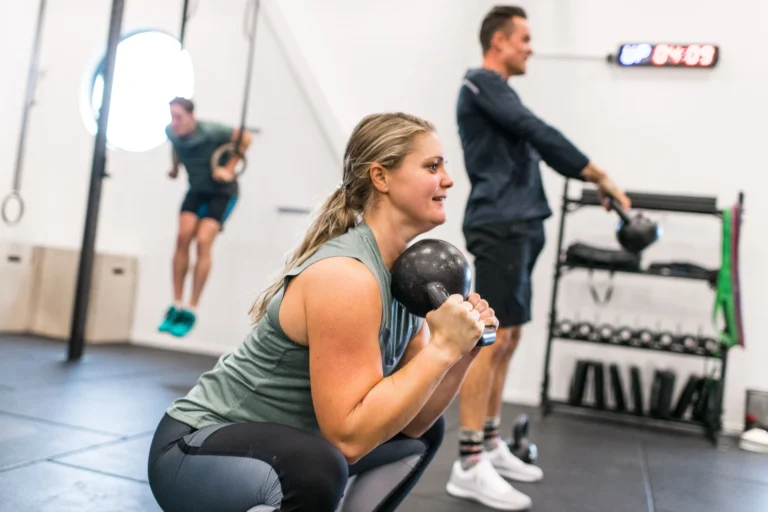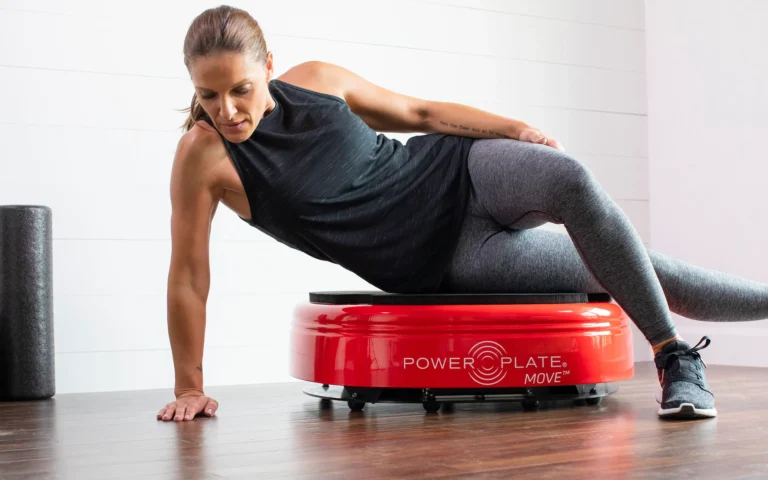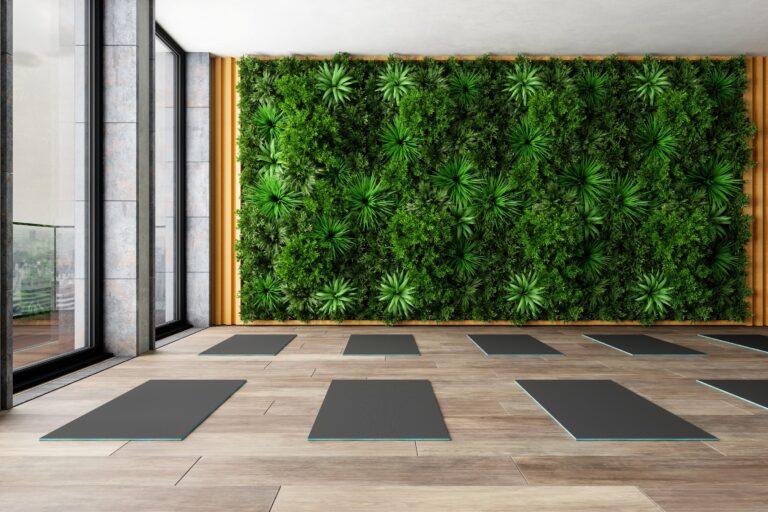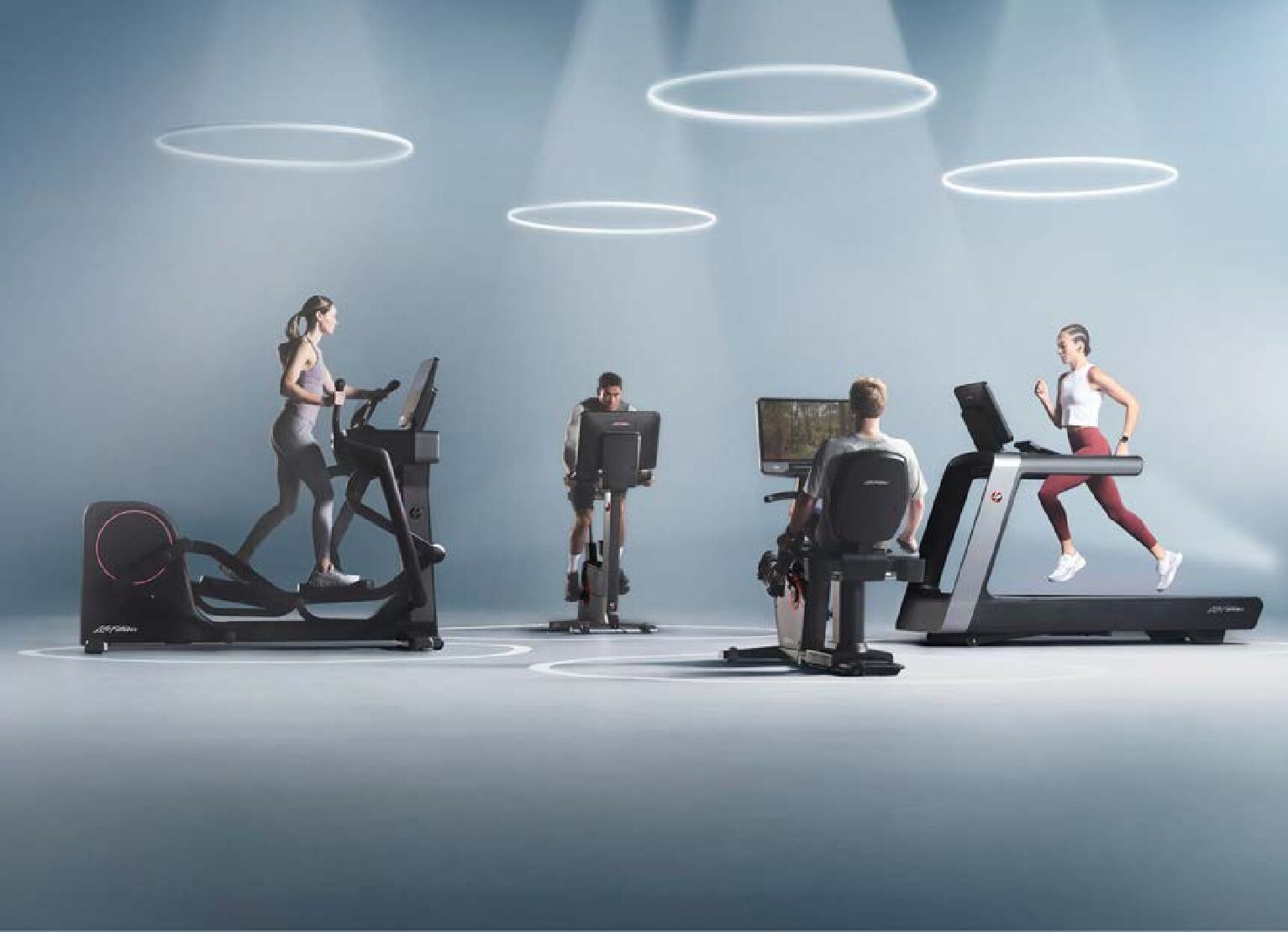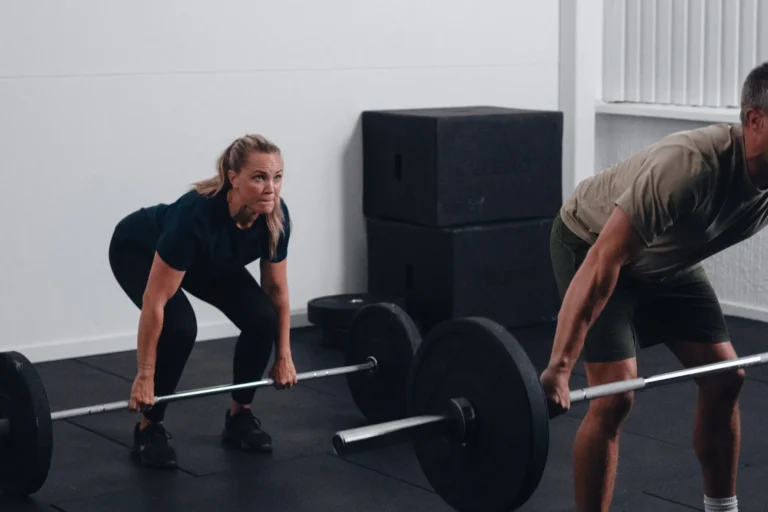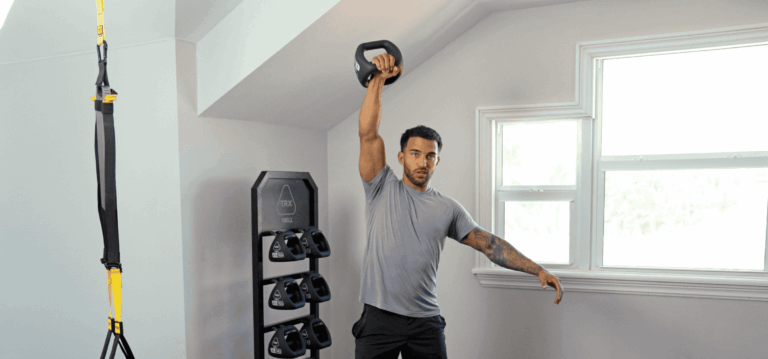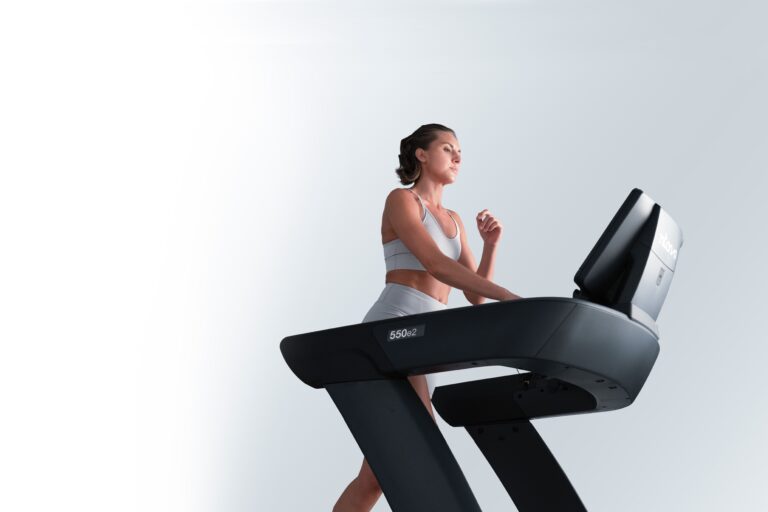Ask The Expert: How Do I Best Help My Clients While Teaching Virtually?
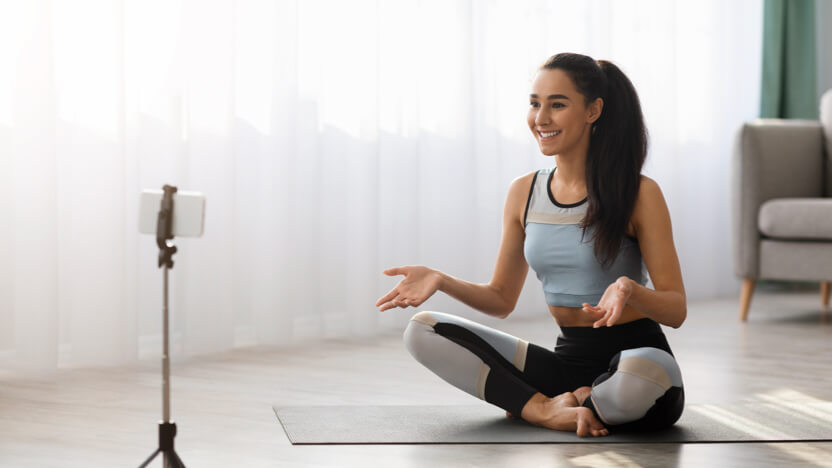
One of the biggest challenges of teaching Pilates and fitness online is ensuring clients understand and perform the exercises correctly.
It’s important for clients to pay attention to form and technique — especially while working out at home — so they move safely and effectively and avoid injury.
We asked Merrithew™ Master Instructor Trainer Laureen DuBeau for some tips on how to cue, program and provide corrections when teaching private clients and group classes virtually.
Q: What can instructors do through cueing, programming, layering, etc. to ensure their clients use the proper form and technique when working out virtually?
A: Teaching clients virtually has become a necessary part of our world, and has given both instructors and clients an opportunity to continue training through lockdowns, restrictions and curfews.
Here are some things instructors can keep in mind when teaching virtually to help their clients achieve the proper form and technique:
- Keep it simple: Sticking to simple movement patterns can reduce the risk of error. Program two or three exercises that work the same muscle group rather than teaching something that is more complex
- Show and tell: When taking an online class, clients often need to see the movement first so they understand what to do. Demonstrate the movement once or twice with clear directions. If you’re doing full repetitions with the class, make sure you’re taking time to observe and correct their form
- Different strokes: Each client will respond to a certain type of cueing; however, you may have a variety of learners in a group. After demonstrating, cue the movement using imagery, anatomy and directional words. You may need to say the same thing a few different ways to make sure each participant is responding appropriately
- Raise the bar: If you’re looking for ways to increase the challenge in simpler movements, add resistance with hand weights (Toning Balls™, Soft Dumbbells) or elastic resistance (Flex-Band®, Resistance Loop™, Strength Tubing™). Also try challenging endurance by adding pulses, holding positions or moving very slowly

Q: How can instructors provide individual and customized corrections in virtual group fitness classes? Or is it better to provide general feedback and modifications to accommodate all levels?
A: In any group training scenario, it’s best to start with general corrections, then work down to individual corrections. In all virtual settings, it’s important to ensure participants are performing the exercises as safely as possible. So, it’s imperative to make the corrections that are going to impact safety first. Then, subtler corrections can be made to improve the effectiveness of each exercise.
The size of the group will definitely have an impact on how detailed the corrections can be. A group of three will allow the instructor to pinpoint individual adjustments. A larger group, especially when screen sizes are small, will require broad corrections. This is when general corrections – made as clearly and concisely as possible – are necessary.
A few tips for providing exercise corrections:
- Make sure you can see your participants well. Have them position their camera so it shows most of their body on the mat or equipment. It’s much more difficult to make good corrections when you can’t see their whole body
- Encourage them to wear fitted clothing. Seeing how a body moves through a computer is much easier when baggy shirts or pants aren’t in the way
- Mute all participants. Background noises can be distracting not only to other participants, but to the instructor as well
- Ensure your teaching area is clear, uncluttered, quiet and well lit. Participants should be able to see all of you in every position. While it’s fun to have pets and children appear uninvited, it’s also important to portray a professional environment
Q: It looks like virtual classes are here to stay. How can instructors continue to keep these fun, engaging and different to retain clients and help them achieve their fitness goals?
A: When teaching the same group for a protracted period of time, it’s important to keep the classes fun and engaging.
Here are some ideas:
- Have a theme or focus for the class: A fairly simple idea allows you to change the emphasis regularly, while still getting a well-rounded workout each time. Having an Arms Day, Abs Day or Back Day helps programming for each of the different areas of the body
- Incorporate props: Although not every client will have a full array of studio-quality props, there are always household items they can use as substitutes, such as water bottles or soup cans for hand weights, chairs or benches, pillows or bolsters to assist or provide challenge
- Add music: Creating a playlist can be a great way to add more excitement to the class, but there is one caveat — be aware of cueing in time with the music. If there’s a delay in either audio or video, the clients may not be on the same count as you. If participants are muted, suggest they turn on music of their choice to help motivate and energize them
Q: On the future of fitness, how do you think virtual fitness training will change or complement in-person training?
A: Virtual training has opened a world of opportunity for instructors and clients alike; however, I don’t think it will ever completely replace in-person training.
Here are some ways virtual training benefits clients and instructors:
- Vacation or work travel: Clients often want to continue working out while on vacation or while traveling for work, but it’s not always possible to find a suitable trainer or class nearby. As long as they have internet, they can keep up with their regular instructor and fitness routine even if physically apart
- Snow days: Weather often gets in the way of in-person training sessions. Being able to connect virtually means Mother Nature won’t interrupt clients’ fitness routines
- Maintenance: In-person sessions can be the place to introduce new movements and make sure they have the correct form, technique and performance. Virtual classes done in between in-person sessions can be a guided review of the new material, making sure progress is maintained
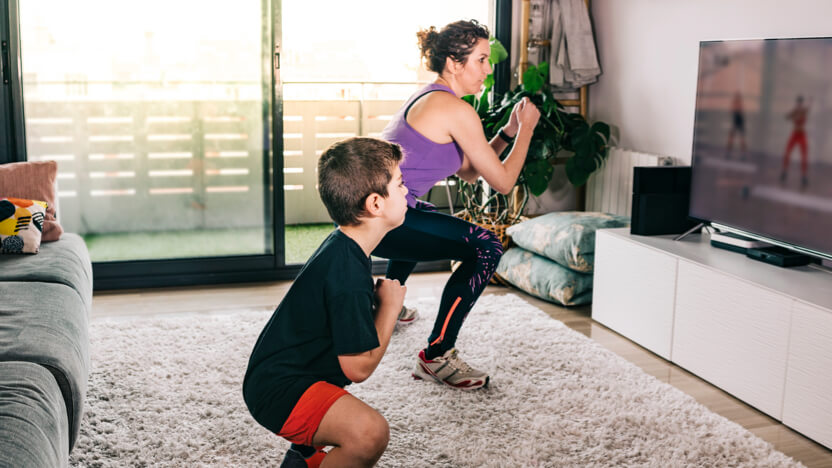
Q: In your experience, what practices have worked best when teaching virtually and how have you evolved as an instructor?
A: I’ve always been an instructor who prefers to work one-on-one with clients. I prefer it over group training simply because I can provide them with one-on-one attention the whole time, helping them perfect a move and ensure they’re activating the muscles appropriately. While I recognize the benefits of being able to train my private clients online, especially when studios are closed, it’s harder to feel the energy of the client and to hear how they’re breathing.
From an Instructor Trainer point of view however, I LOVE the ability to teach continuing education online. I’m able to connect with a community of instructors all over the world that I may not have had the chance to work with otherwise. It’s one of my favorite things to help other instructors improve their craft. I’m hopeful that I will be able to continue teaching education online indefinitely.
Want to ask the expert a question? Email us at communications@merrithew.com.
Source: https://www.merrithew.com/blog/post/2022-02-16/ask-the-expert-how-do-i-best-help-my-clients-while-teaching-virtually

